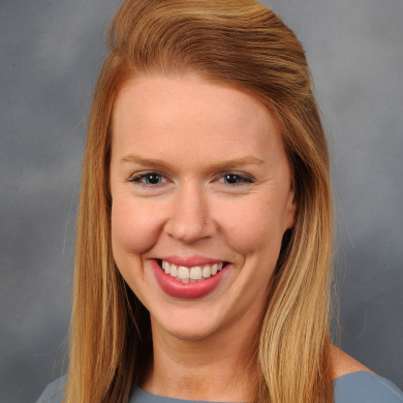Our Research
Research in this laboratory is concerned with understanding how sounds travel from the outer, through the middle, and to the inner ear in people with normal hearing and in people with various hearing disorders. Our goal is to use this information to improve the assessment of hearing loss, particularly our ability to differentiate the cause of a hearing loss.
The lab has a particular emphasis on conductive hearing loss. Specifically, we are interested in:
- understanding how different causes of conductive hearing loss impact the auditory system
- developing objective and non-invasive methods to diagnose and differentiate these causes, and
- determining how transient and fluctuating conductive hearing loss impacts long-term auditory processing and speech and language development.
Our work uses a combination of standard clinical measures and experimental measures (including otoscopy, pure-tone audiometry, tympanometry, wideband acoustic immittance, otoacoustic emissions, and electrophysiological responses including the auditory brainstem response) and compares these assessments to characteristics of various pathologies.
Our Facilities
Our laboratory space is approximately 600 square feet and includes a spacious sound suite equipped with everything necessary to perform both pediatric and adult behavioral hearing assessments. This includes a Otometrics Masden Astera 2-Channel Clinical Audiometer, mounted speakers for sound field testing, a video visual-reinforcement audiometry system, a video otoscope, and age-appropriate toys for testing infants and preschoolers.
The laboratory is also equipped with an Interacoustics Titan Impedance Probe for assessment of wideband acoustic immittance, tympanometry, and otoacoustic emissions as well as a Vivosonic Integrity V500 G2 auditory diagnostic system for assessment of auditory evoked potentials. Outside of the booth, is a large table and chairs where subjects and their families can be consented, storage space for laboratory equipment and files, and multiple workstations for personnel. Additional equipment housed in the laboratory include the tools needed to quantify middle-ear fluid characteristics including a RheoSense microVISC viscometer and agar plates necessary for bacterial assays.
